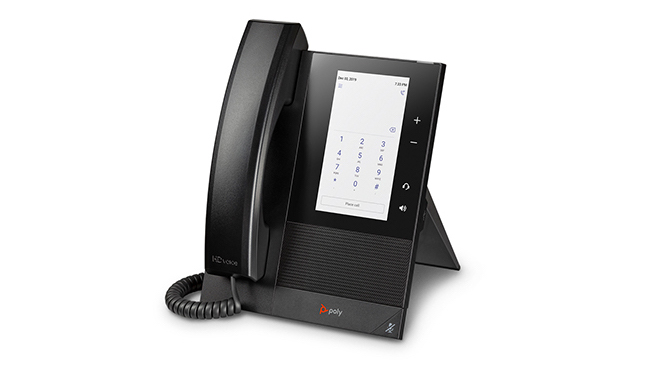Microsoft Teams has taken the world by storm, but it’s not just for office workers. Teams can also be deployed to powerful effect in many other working environments – including for field staff.
One of the lesser-known features is Teams Walkie Talkie Mode, whereby staff can transmit audio via special single-press mechanism that doesn’t require conventional dialling. This lets a frontline worker transmit either directly, or into a channel, in a similar fashion to when using a walkie talkie.
There’s a number of key advantages here – it means warehouse, shop-floor and field staff can carry fewer devices, and walkie-talkie mode’s ‘big button’ is also more glove-friendly than many touchscreen apps. Companies may also appreciate having to purchase less single-use hardware to begin with.
Because Teams already runs over data connections (usually Wi-Fi or 4G in the case of mobile devices) the range on Walkie Talkie Mode is also infinite, unlike their namesake devices.
If your field staff already have rugged Android devices, from providers such as Zebra or Samsung, these can even integrate single-press keys to drive Walkie Talkie Mode, even if the device screen is off.
Microsoft 365 ‘Field’ licensing is also available at lower cost, with a restricted toolset, allowing companies to safely and cost-effectively rollout Teams access to a wider pool of users. Walkie Talkie Mode itself is available as an additional app that can be enabled in your Teams Admin Centre, and controllable using security permissions administered by your administrator or Microsoft 365 Licensing Partner.
Lineal are a Microsoft 365 Gold Partner – for IT support and expertise, please contact our team today.

